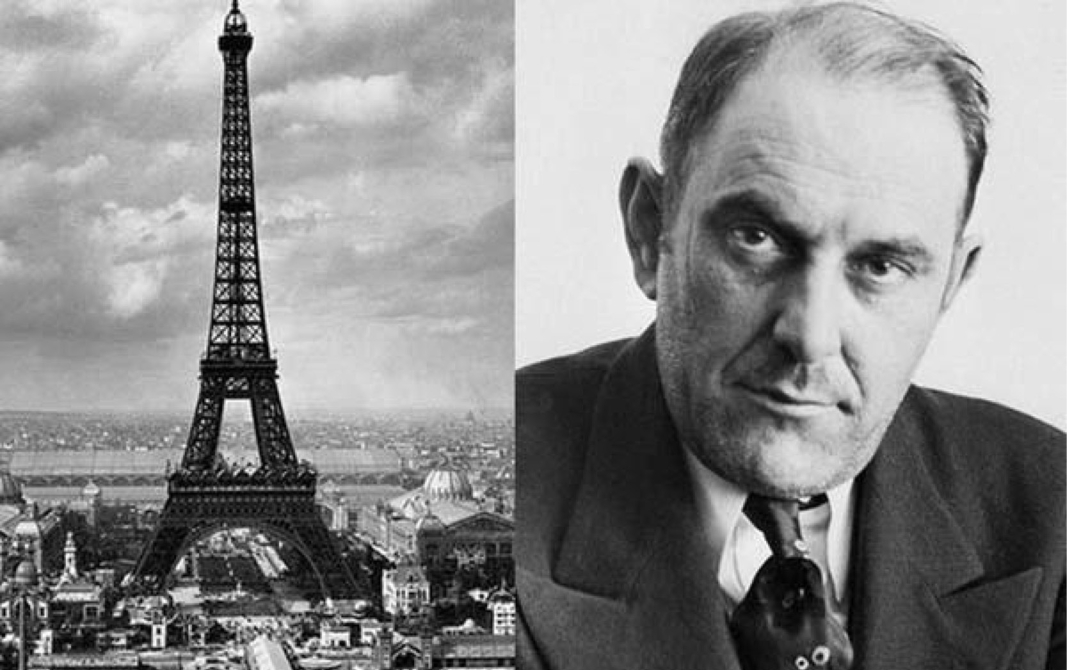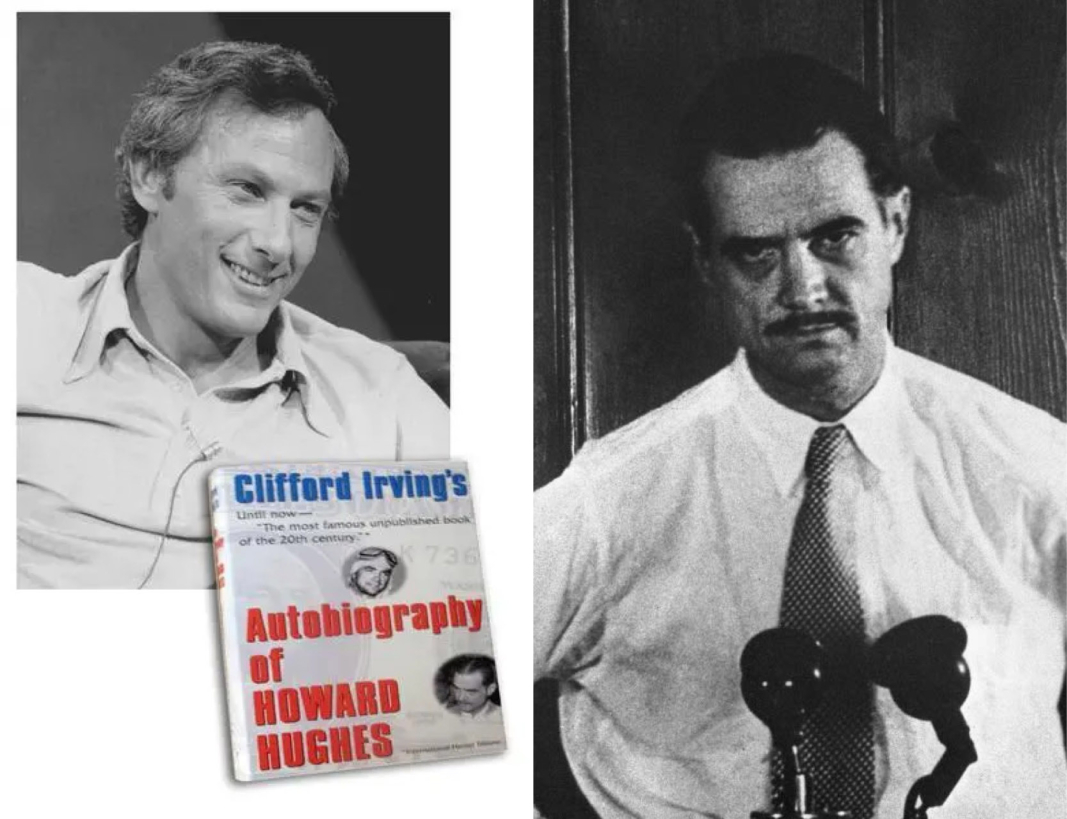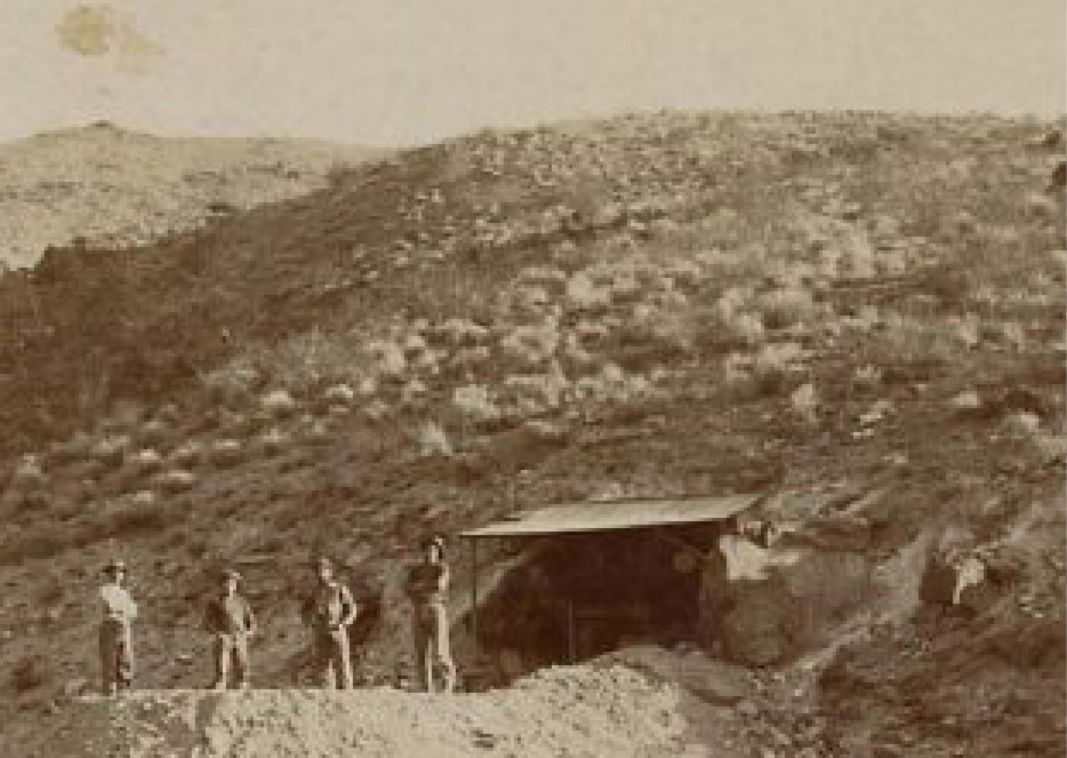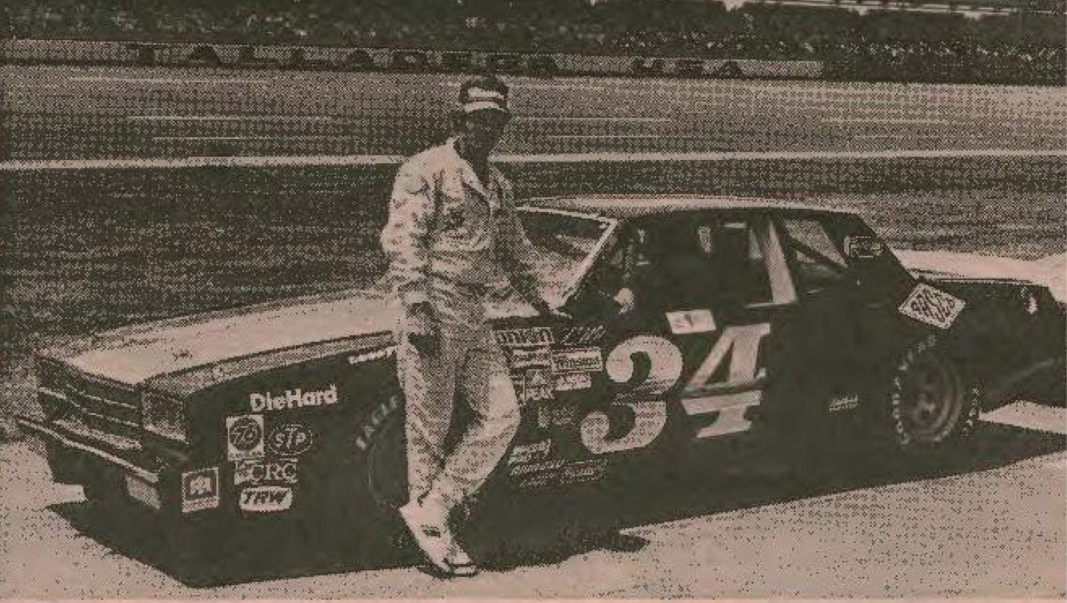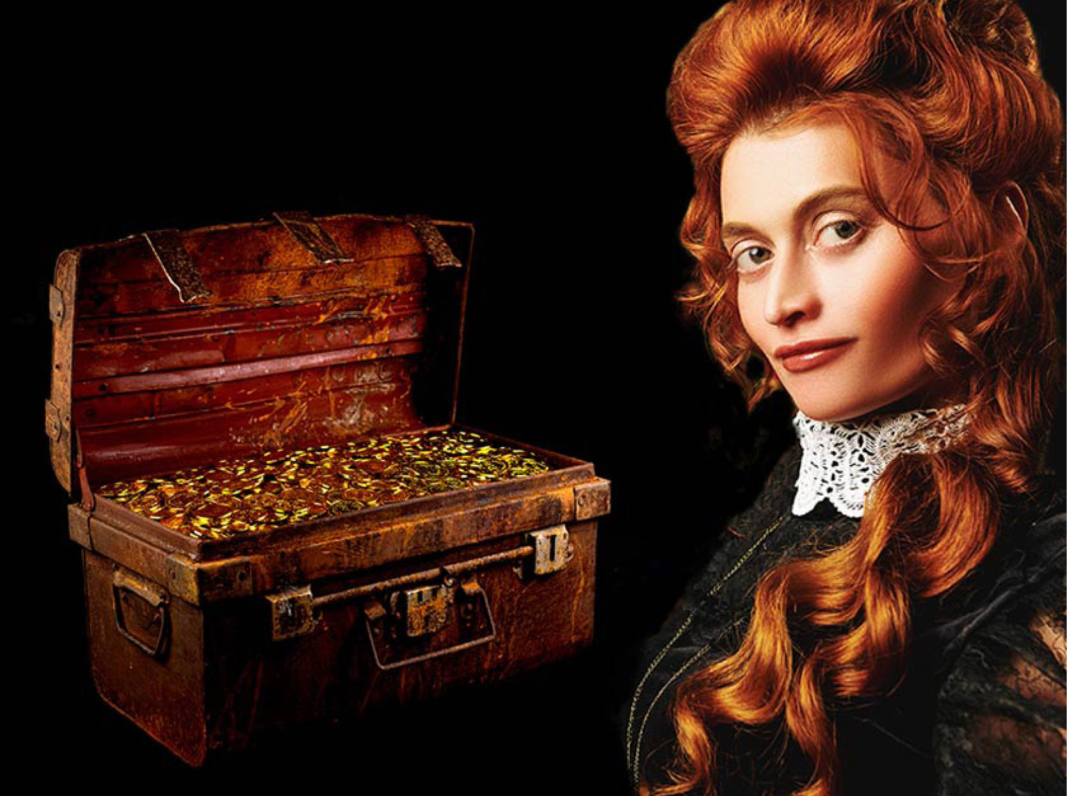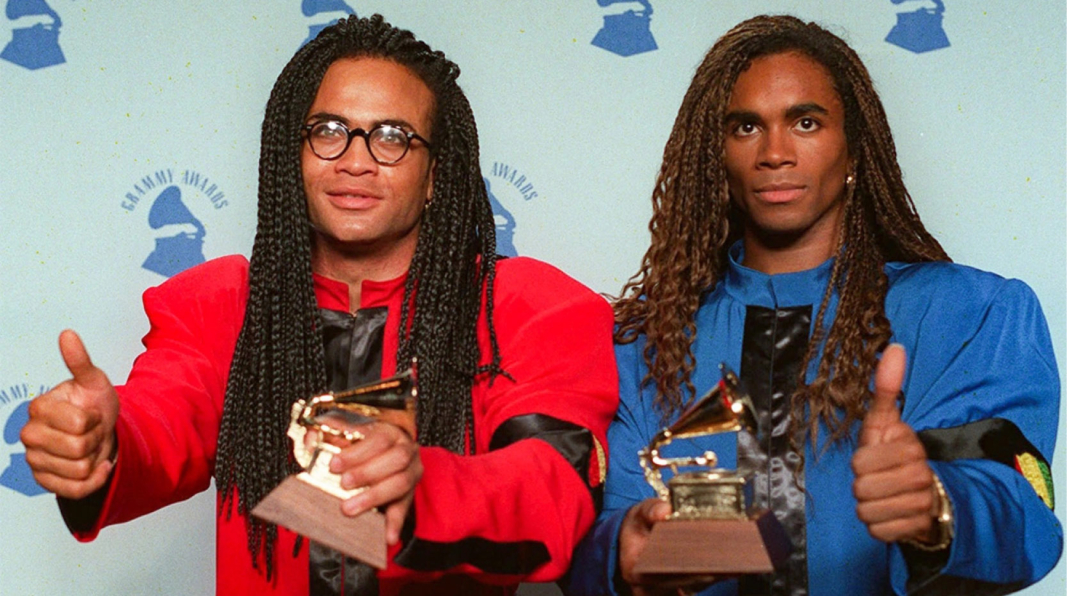Nice Catch

I’m always lovin’ the McDonald’s Fillet-O-Fish sandwich. I can remember going to that old walk up restaurant for a fish sandwich and a bag of fries. Mmmmmmmmmmm!!!! Sooo great. So, check out that photo second to bottom—two iconic logos. But only one makes the fish sandwich. The other one will buy you one next time we’re together. And look there at the bottom. The mother of all fish sandwiches…the double Fillet-O-Fish sandwich! Guess what I had for lunch today. Yep, two of them!!!!! :))))))
Like most of you I’m guessing, I’m not much of a regular fast-food guy. Most often I eat at the office, with the gang out on the production floor, or at my desk, grinding over your PIA (Pain in the @%$) Jobs! Or actually just looking out at the beautiful Lake Erie! Of course, when I’m out and about, I’ll occasionally pop in for a quick burger, chicken or egg sandwich or tasty shake now and then (and of course some of those yummy hot French fries). But I must admit, during Lent, I was all about the Filet-O-Fish sandwiches at McDonald’s. It might be the light breading, it might be the cheese, or the tangy sauce, but the combination of the three does it for me. Quick, tasty, and not too heavy (even when they have their 2 for $$ deals!). After one of my “stops”, when I got back to the office, one of my sisters told me the story around the FOF sandwich, and was surprised to find it came from a franchisee, much like the famous Egg McMuffin breakfast sandwich. So, here’s the backstory, along with some trivia on the sandwich and the insightful entrepreneurial courage of one guy from Ohio. Thanks to Smithsonian, YouTube and businessinsider.com for the info. Enjoy!
Fun jingle (and then try to get out of your head…)
- Hard to imagine, but the Filet-O-Fish almost missed the menu. Nowadays, the sandwich is iconic, and it’s responsible for a whole bunch of imitators, and remains a massive hit during Lent, when many Catholics fast and abstain from eating meat on Fridays. But the sandwich’s enduring success contrasts with its floundering start.
- When Lou Groen opened the first McDonald’s in the Cincinnati area in 1959, business was tough. McDonald’s was new to the area—the McDonald brothers had only just begun to franchise their stores six years prior. Groen’s son, Paul, who worked at his father’s McDonald’s for 20 years straight (starting at 10 cents per hour!) remembers how hard his parents worked to keep the business alive in the beginning. Paul said, “On opening day, my father made $307.38 in sales. The restaurant only had two walk up windows, one register at each window. There was no inside seating. How do you run a business on $300 a day? My mom and dad were just struggling to make it.”
- Though Lou Groen’s restaurant was one of 68 new franchises opened that year by founder Ray Kroc, there was something about Monfort Heights, Ohio, that didn’t bode well for a little-known burger joint during Lent: About 87 percent of the population was Catholic. Lou shared, “I was struggling. The crew was my wife, myself, and a man named George. I did repairs, swept floors, you name it. But my area was 87 percent Catholic. On Fridays we only took in about $75 a day.”
- So Groen went to work creating a simple, battered, halibut-based prototype, with a slice of cheese between two buns, and went to Chicago to pitch it to founder Ray Kroc.
- But Kroc hated the idea. He described his initial reaction in his book: “Hell no! I don’t care if the Pope himself comes to Cincinnati. He can eat hamburgers like everybody else. We are not going to stink up our restaurants with any of your damned fish.”
- Kroc also had a meat alternative idea of his own, called the “Hula Burger,” a piece of grilled pineapple and cheese on a bun. But Kroc was willing to compromise: On Good Friday in 1962, both the Hula Burger and the Filet-O-Fish sandwiches would appear on the menu in selected locations—whichever sandwich sold the most would win. The final score? Hula Burger: 6, Filet-O-Fish: 350.
- By 1965, the Filet-O-Fish, ”the fish that catches people”, became a staple on the McDonald’s menu nationwide among other greats like the Big Mac and the Egg McMuffin. Kroc would later recall the failure of his pineapple creation and the success of the sandwich in his biography Grinding it Out: The Making of McDonald’s – “It was a giant flop when we tried it in our stores. One customer said, ‘I like the hula, but where’s the burger?” The success of the sandwich, especially during Lent, would far surpass Groen’s initial expectations.
- Kroc reluctantly spread the sandwich to the chain restaurants, commenting, “You fellows just watch. Now that we’ve invested in all this equipment to handle fish, the Pope will change the rules.”
- The company has gone through plenty of advertisements for the sandwich, but one character in particular, remains somewhat elusive—A cartoon by the name of Phil A. O’Fish had a brief stint as the face of the marketing campaign for Groen’s invention in 1976. But by ’77, the anthropomorphic sailor fish was nowhere to be seen, replaced by a simple advertisement that offered some “Food For Thought.”
- The sandwich was the subject of a 1970s advertising campaign featuring a jingle with the lyrics, “Give me back that Filet-O-Fish, give me that fish.” In 2009, a different fishy fellow took the spotlight with the popular “Gimme Back That Filet-O-Fish” commercial featuring a singing, bass wall decoration. It did so well on television and on YouTube, (reaching over one million views in 2009) that the corporation sold the singing fish commercially.
- The Filet-O-Fish sandwich has featured real fish since Groen wrote up the recipe in the ’60s (believe it or not). Whether the fish was sustainable, however, was up for debate. In the past, the company as well as other chains like Long John Silver’s have used the New Zealand hoki fish, whose population had diminished, followed by the addition of the sustainable blue “ecolabel” from the Marine Stewardship Council which certifies that the Alaskan Pollock used in the sandwiches come from places with sustainable fishing practices.
- The item ended up being a “cash cow” for Groen. In the years following the Filet-O-Fish’s debut, he built 43 franchise locations in Cincinnati, hired 3,000 people, and began raking in annual sales of $60 million. He passed in 2011, and his family remains in the business.
- McDonald’s sells over 300 million Filet-O-Fish sandwiches each year worldwide.
- In some locations, the Filet-O-Fish sandwich is sold in a “Double Filet-O-Fish” version, which includes two fish patties. It’s popular in many countries, including Japan, where it is served with a teriyaki sauce, and India, where it is made with a spicy sauce.
::::::::::::::::::::::::::::::::::::::::::::::::::::::::::::::::::::::::::::::::::::::::::
DO YOU LIKE CONTESTS?
Me, too.
As you may know the Kowalski Heat Treating logo finds its way
into the visuals of my Friday posts.
I. Love. My. Logo.
One week there could be three logos.
The next week there could be 15 logos.
And sometimes the logo is very small or just a partial logo showing.
But there are always logos in some of the pictures.
So, I challenge you, my beloved readers, to count them and send me a
quick email with the total number of logos in the Friday post.
On the following Tuesday I’ll pick a winner from the correct answers
and send that lucky person some great KHT swag.
So, start counting and good luck!
Oh, and the logos at the very top header don’t count.
Got it? Good. :-))))
Have fun!!
::::::::::::::::::::::::::::::::::::::::::::::::::::::::::::::::::::::::::::::::::::::::::





